
More than half of all bird species belong to the scientific order known as Pᴀsseriformes. Pᴀsserines, also sometimes known as songbirds, include species as diverse as tuneful warblers and larks, to crows and ravens, which you wouldn’t traditionally think of as being particularly talented vocalists.
Read on, as we answer the question ‘Why do birds sing?’ and attempt to look deeper into whether all birds are, in fact, capable of belting out a tune.
The two main functions of bird song are to attract a mate and to defend a territory. By producing a stand-out song, males improve their chances of finding a partner ahead of breeding season. Territorial birds use song throughout the year to negotiate the boundaries of their home turf.
To generate a loud, clear song demands a significant amount of effort and energy, so when birds do sing, we can be sure it is for an important reason. As well as attracting a mate, and claiming and subsequently defending a territory, other reasons for birdsong can include courtship rituals, and general communication between pairs.
As well as other types of vocalization, including calls and chirps, birdsong helps birders to identify species, but we can be pretty sure that when birds sing, it isn’t for our benefit. Read on to discover more about the science behind the song, and whether tuneful singing skills are limited to male birds.
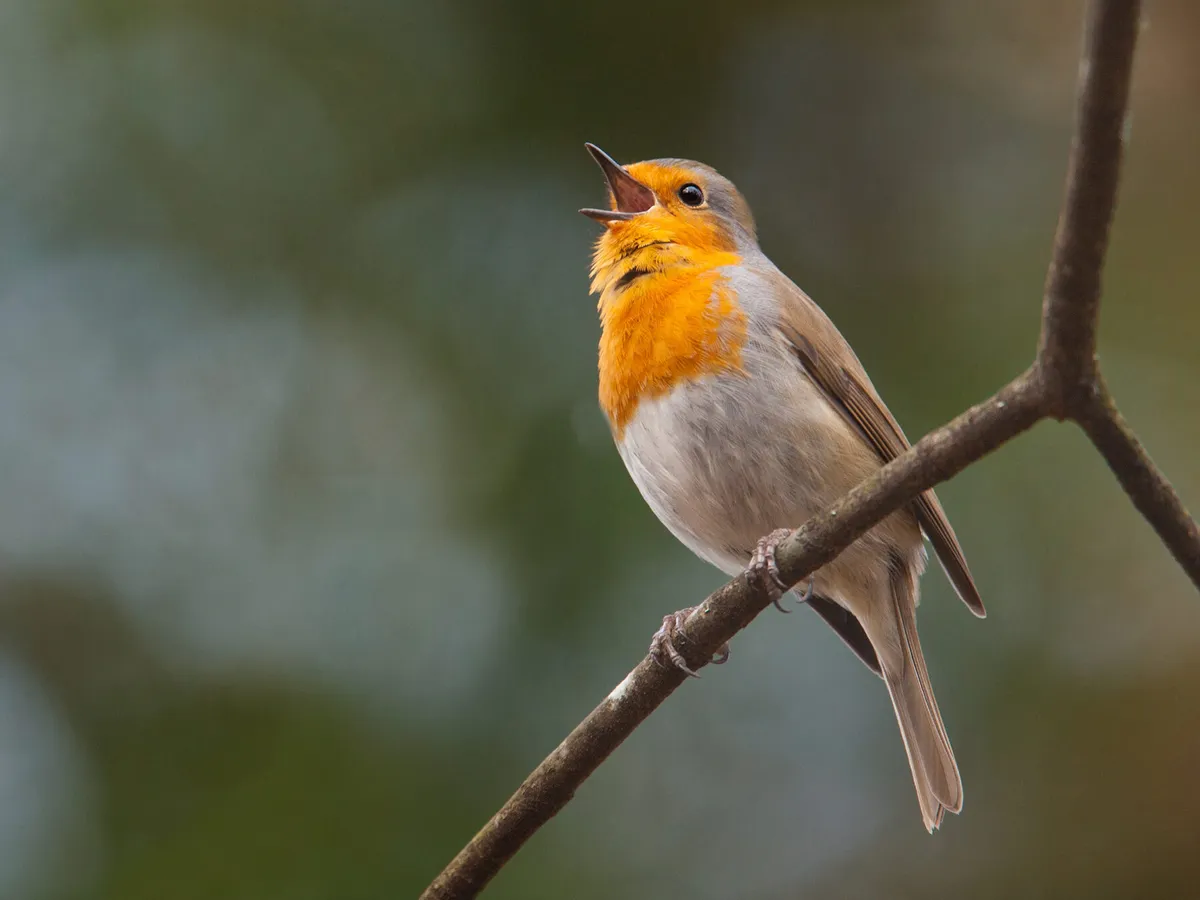
Robins are one of the most prolific singers
How do birds sing?
At the bottom of a bird’s thorax is a double-sided vocal organ called a syrinx. The syrinx has two chambers, which allow birds to create two different pitched notes at the same time, switching between both sides of the organ independently.
Birds do not have vocal cords, but instead have a pair of tympanic membranes that are located just after the larynx, where it splits into both chambers of the syrinx. The amount of air pᴀssing through these membranes can be controlled by vibrating muscles to create a large range in pitch from lower notes to those at the upper end of the scale .
The most complex, tuneful repertoires are created when birds alternate between sides of the syrinx or close off one side altogether, while varying the pitch of the other at a high frequency.
This process demands practice and a substantial amount of effort, so it’s no wonder that birdsong is regularly limited to short bursts of sound, rather than continuing uninterrupted for hours at a time.
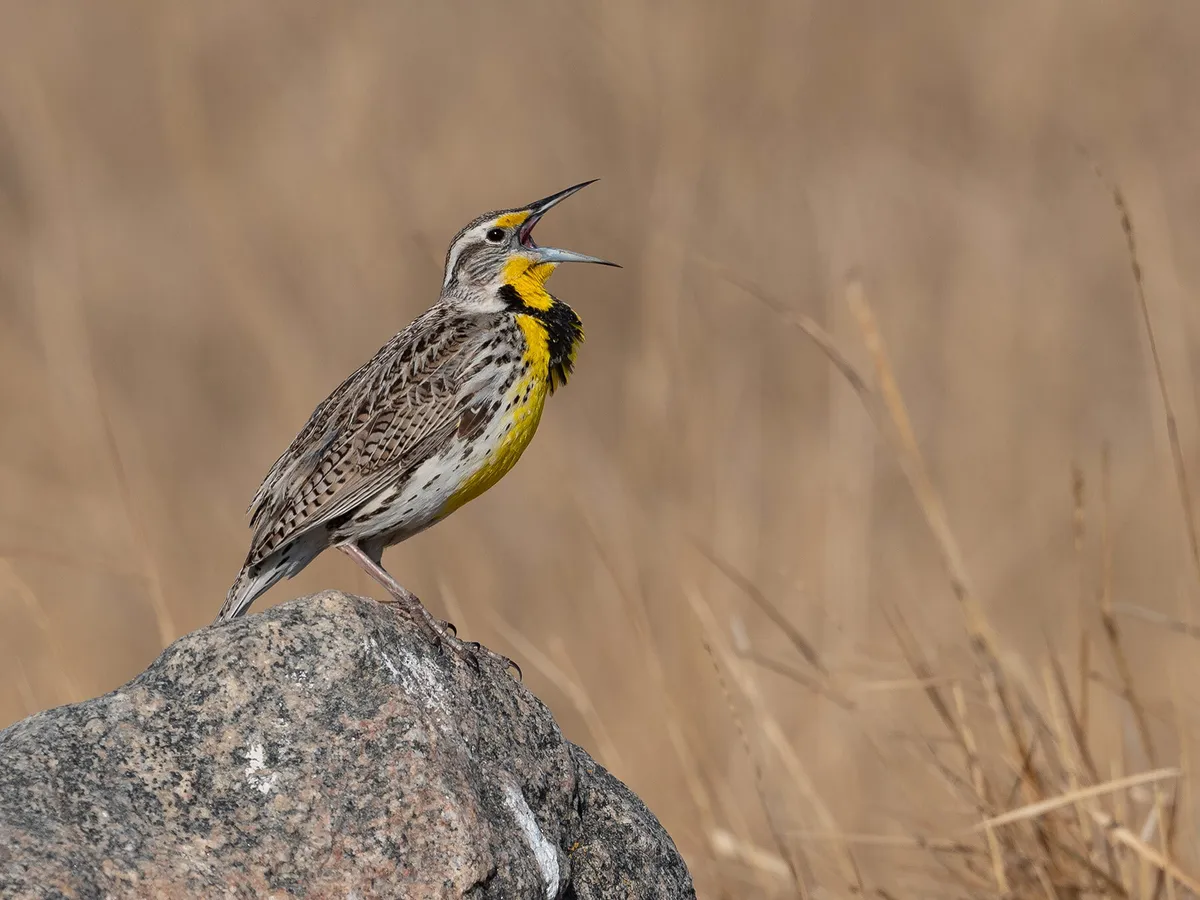
Western Meadowlarks are highly vocal birds
Are birds talking when they sing?
Birdsong is a form of communication between birds of the same species, as well as a way of interacting with other species. To simply equate birdsong with human speech would be oversimplifying what is a highly complex topic.
Paired birds may use song as a form of communication, for example to alert each other to a new food source, or to summon a partner to the nest to take over incubation duties.
It can serve the purpose of warning off challengers to a territory or driving away predators, although may at the same time attract other birds and animals’ attention to a bird’s presence, making the singing bird more vulnerable.
Why do birds sing in the morning?
The dawn chorus, which begins at first light, brings together an energetic ensemble of vocals from a variety of bird species. After resting overnight, male birds will have recharged their energy levels and any song they produce will be strong and loud, showcasing them to be in the peak of health, and therefore a worthy mate or a territorial defender to be feared.
At this time of day, there is typically less background noise than later in the morning once humans have begun their daily activities, so birdsong travels further and is amplified by the lack of competing noise.
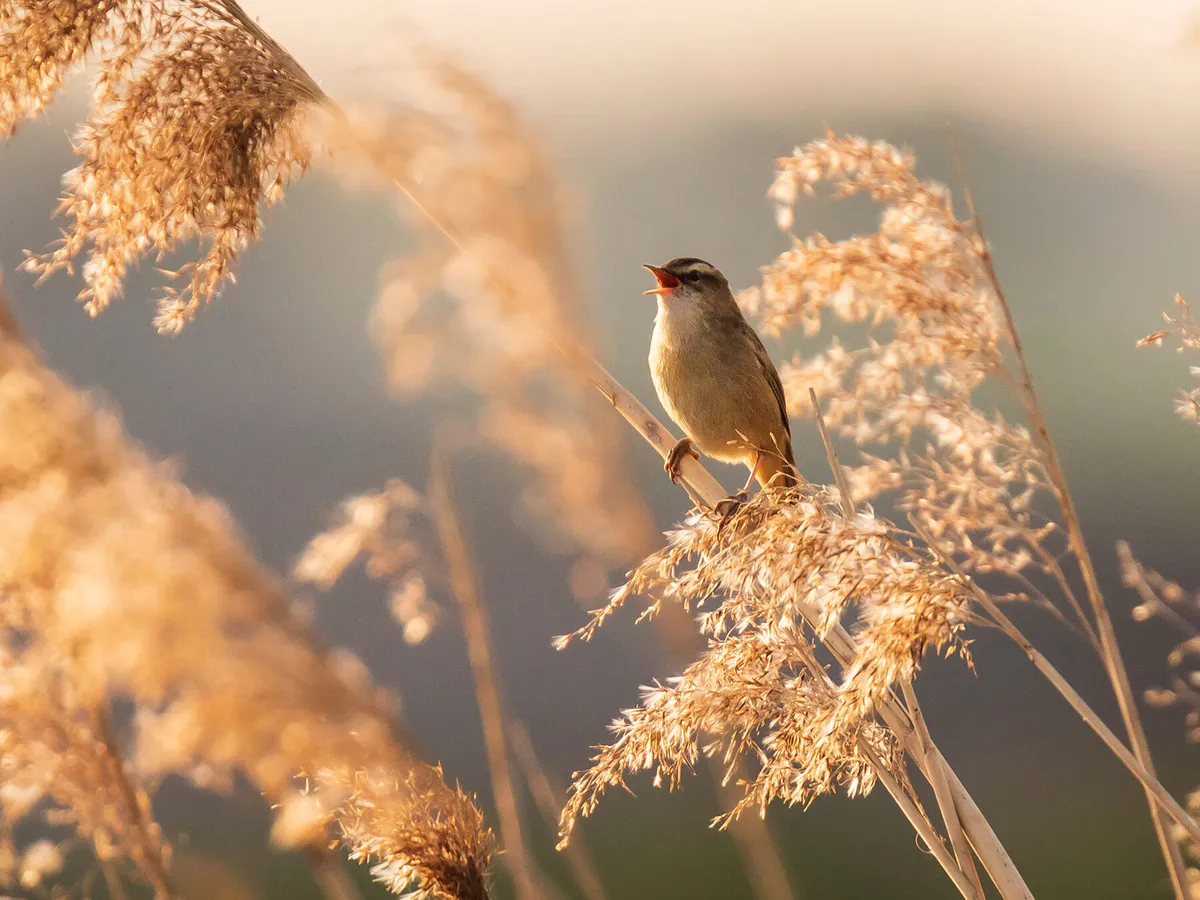
Reed Warbler singing early in the morning
Why do birds sing at night?
Some birds that sing at night are nocturnal, and just follow their natural rhythm of being asleep during daylight hours and active at night.
Whip-poor-wills, nightingales, and mockingbirds sing at night, and in urban areas, where artificial light is present and illuminates the night sky, the natural day and night rhythm of birds may be thrown out of whack, with birds such as American robins regularly heard singing once daylight has faded.
When do birds sing?
Spring and summer breeding season are the periods of the year when the most intense birdsong can be heard. There are slight pauses during mating periods and immediately after hatching, but once the breeding season draws to a close, it’s much rarer to hear prolonged bursts of birdsong coming from the branches overhead.
In winter, birds’ priorities shift from finding a mate to foraging for enough food to stay alive. Singing takes a substantial amount of energy, particularly for the lengthier, more complicated song patterns, and birds simply conserve their reserves and ease off on the tuneful performances. Black-capped chickadees and Northern cardinals are well-known for singing all year round.
Some research suggests that birds that can be heard singing through the winter fall into two loose categories, birds with complicated songs that need more time to perfect the melodies ahead of the mating season, and birds with a dull plumage who rely on their song rather than appearance to secure a mate, and thus need to practice through winter.
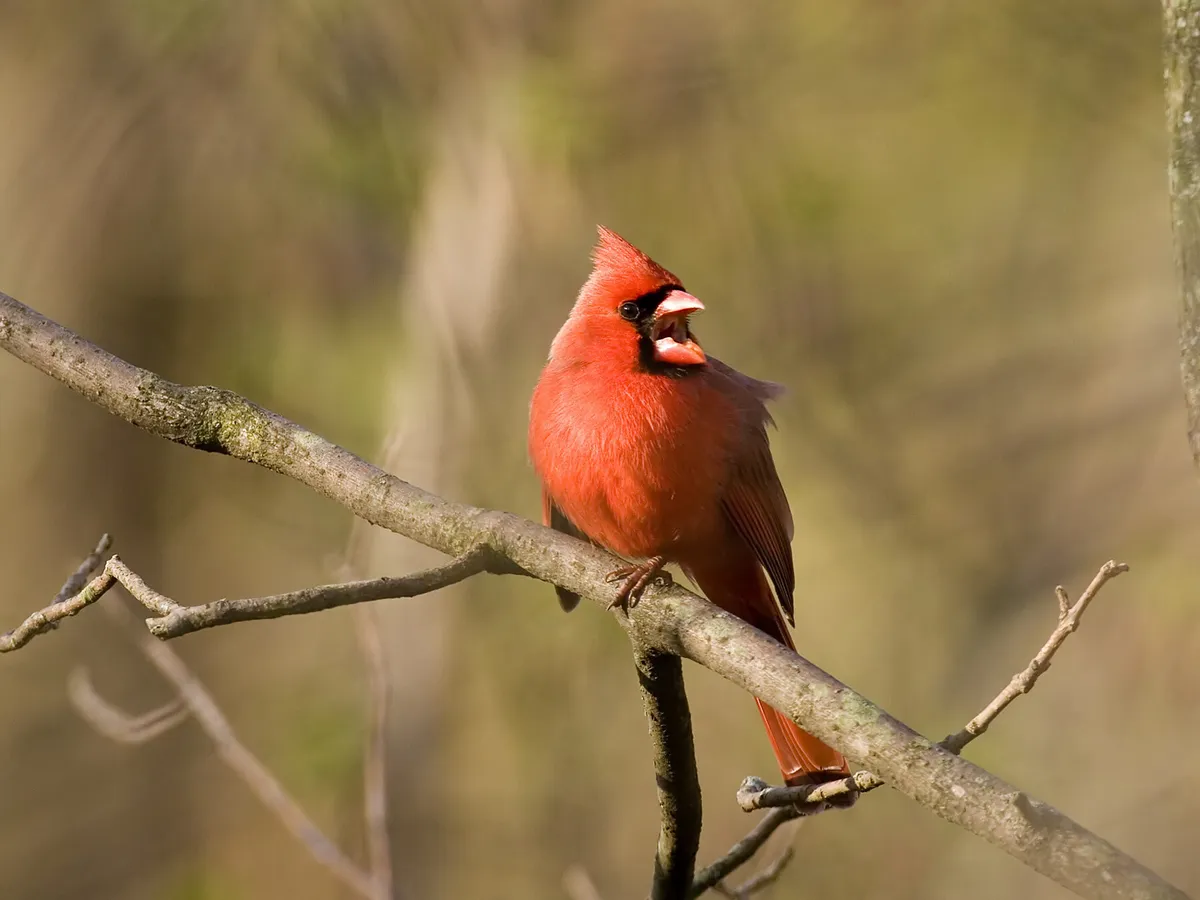
A perched male Northern Cardinal singing
Do all birds sing?
Bird vocalizations can be loosely divided into songs and calls: songs involve long patterns of complex notes, while calls are generally short, simple sounds.
Not all birds sing. Birds that are not classed as pᴀsserines are not generally known for their song, including birds such as ducks, geese, owls, woodpeckers, hummingbirds and birds of prey. These birds do make other sounds, with vocalizations such as screeches, quacking, cooing, calling and chirping.
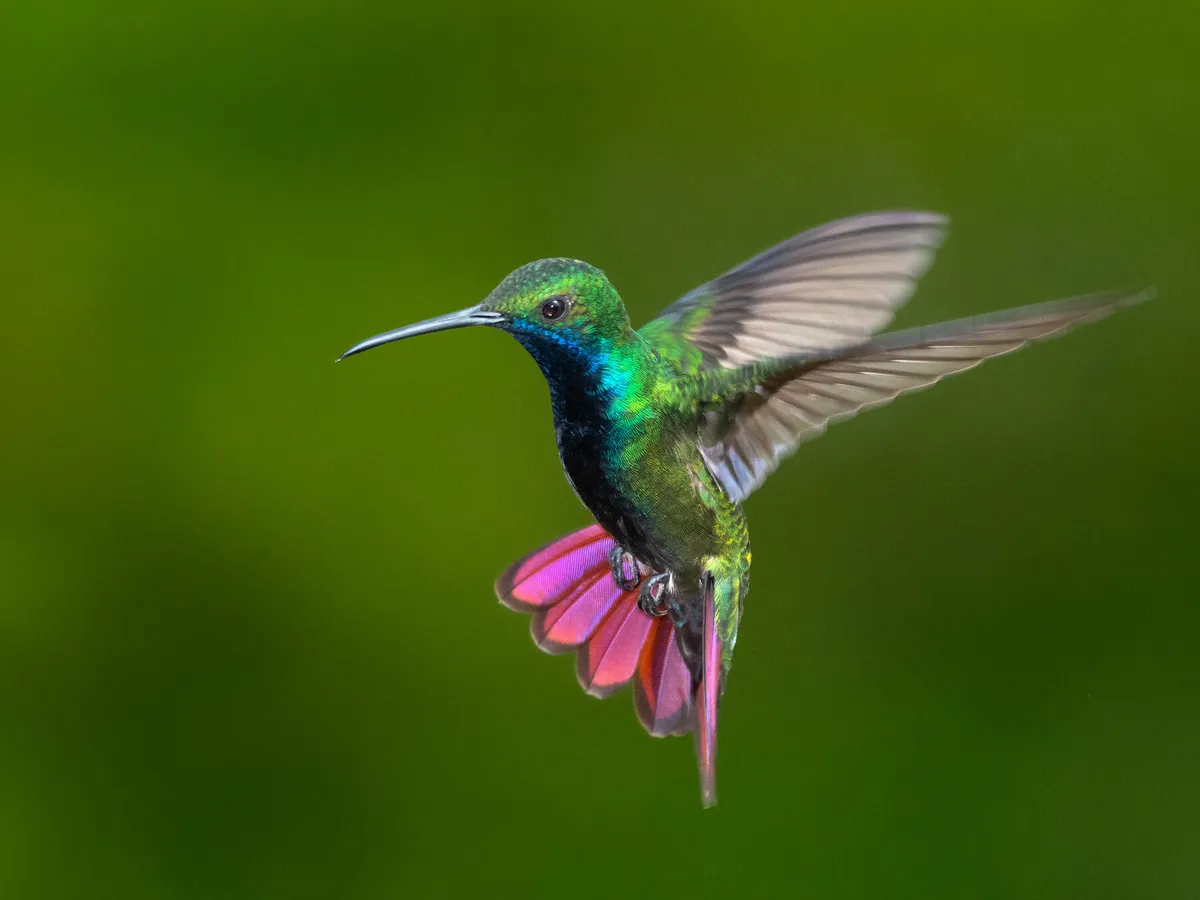
Hummingbirds are amongst the species that don’t sing
Do male and female birds sing?
The most tuneful and memorable are ᴀssociated with male birds. The ability to demonstrate a loud, clear song is top of the checklist for females when looking for a male that is strong, capable and fit to raise a brood.
In tropical areas, birdsong is more common among females than in North America and Europe, where many females tend to maintain a lower profile and stay hidden in undergrowth as much as possible.
However, while research typically concentrates on the distinctive, elaborate, and often showy tunes warbled by male birds, female birdsong can often be overlooked. A 2016 survey found that 64 percent of female songbirds of 1000 species studied, were capable of song
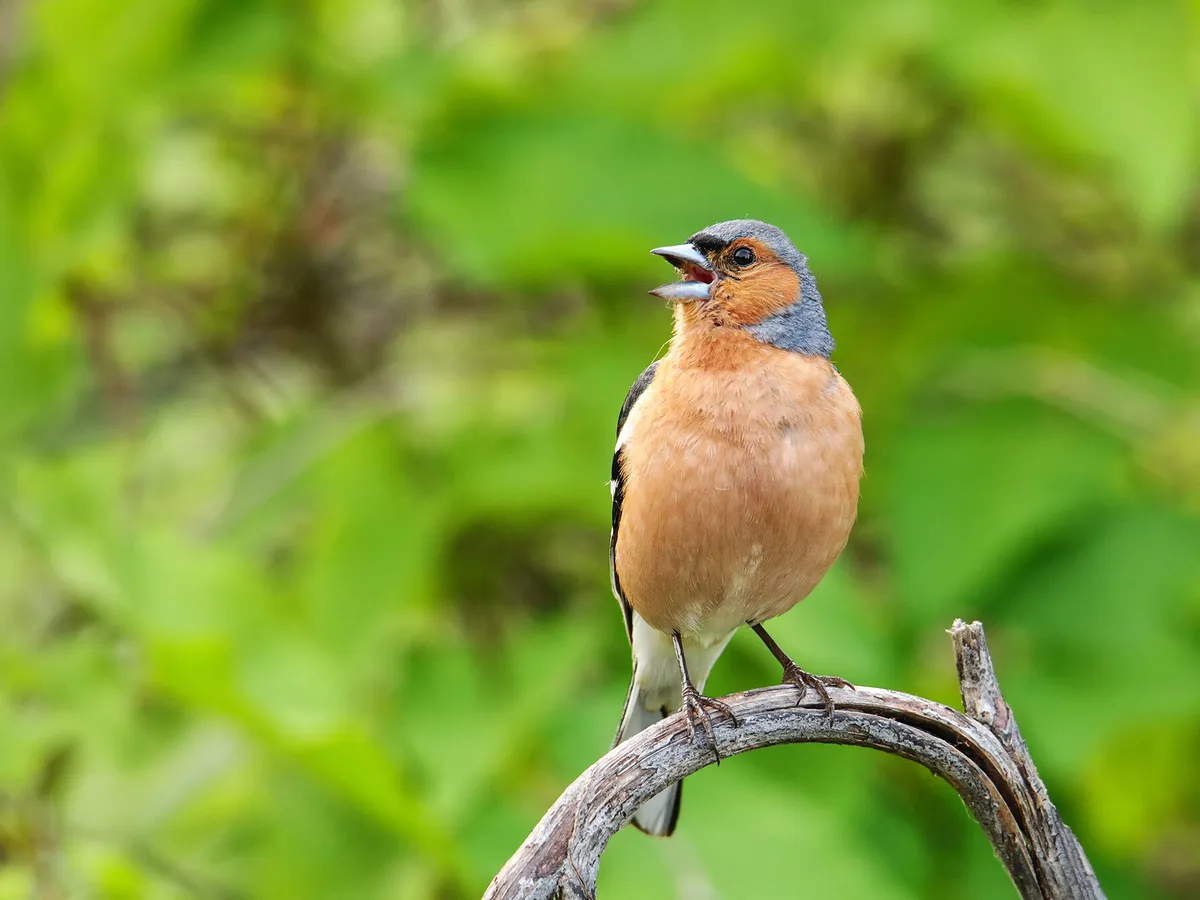
Chaffinch singing from a perch
Why do female birds sing?
The singing ability of many female birds may often go unnoticed. In many species, the females do sing in response to males during courtship rituals, and continue to use song as a way of strengthening and maintaining their bond with a partner in the long-term.
